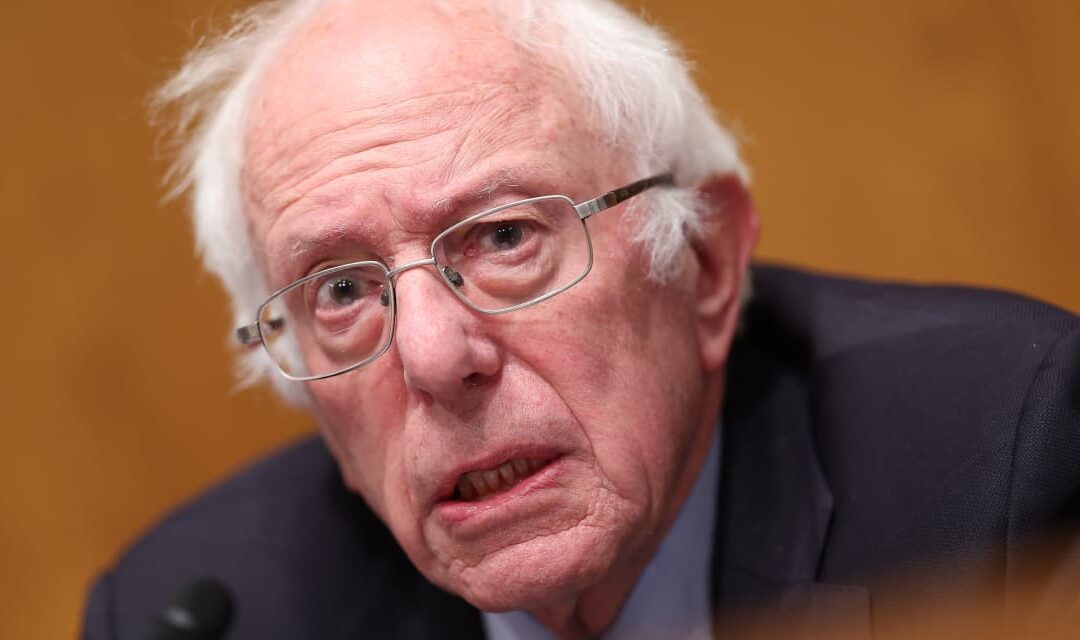Lawmakers seeking to hold drugmakers accountable for high prescription-drug costs are focusing on some prices that shed little light on the problem, drug-pricing experts say.
The CEOs of Merck & Co. Inc.
MRK,
Johnson & Johnson
JNJ,
and Bristol Myers Squibb Co.
BMY,
are set to appear before the Senate Health, Education, Labor and Pensions Committee on Thursday for a hearing examining why U.S. prescription-drug prices are far higher than those in other countries. Merck CEO Robert Davis and Johnson & Johnson CEO Joaquin Duato late last month agreed to testify voluntarily, according to the committee, after initially declining the invitation and being threatened with subpoenas. Bristol Myers CEO Chris Boerner had previously agreed to appear.
In the run-up to the hearing, committee chair Sen. Bernie Sanders, Independent of Vermont, and the committee’s majority staff have emphasized gaps between U.S. list prices and prices in other countries for a handful of top-selling drugs made by the three drugmakers. But brand-name drug list prices are generally substantially reduced by rebates and other price concessions that drugmakers give to the prescription-drug middlemen known as pharmacy benefit managers, wholesalers, and payers — including government programs.
This opaque system doesn’t necessarily pass savings along to patients, and it has created a growing disconnect between list prices and the net prices realized by drugmakers, pricing experts say.
In a report released Tuesday, the committee’s majority staff labeled big pharma’s business model as “corporate greed,” and said there were “staggering differences in U.S. prices compared to prices in the rest of the world.” One example: Bristol Myers Squibb’s blood-thinner Eliquis costs $7,100 annually in the U.S., the report said, compared with $900 in Canada and $650 in France.
The report’s $7,100 figure is based on the list price of Eliquis, whereas the pricing gaps may look very different when you consider net prices. That’s not an easy task, as net prices generally aren’t clearly disclosed, but recent research highlights the sometimes yawning gaps between list and net price.
In a 2023 report, for example, consulting firm 3 Axis Advisors aimed to estimate commercial net prices by examining the net prices available to federal agencies through a relatively accessible catalog of prices known as the Federal Supply Schedule. The best commercial net prices for brand-name drugs offer an average discount to the list price of about 23%, the study suggested, although discounts for some drugs are much bigger. Based on the Federal Supply Schedule data, 3 Axis estimated the net price of Eliquis at a more than 80% discount to the retail cost.
“‘List price is a figment of our imagination.’”
With government programs getting an 80% discount on Eliquis, lawmakers asking why the price of the drug is so high “might get better answers from a mirror than from the pharmaceutical executives themselves,” said Antonio Ciaccia, president of 3 Axis Advisors and CEO of the drug-pricing research group 46brooklyn Research.
Sen. Sanders’ office and the three drugmakers that are the focus of the HELP Committee’s study did not respond to questions about the committee’s report.
List prices do matter to patients, in part because insurance plans often require them to pay a percentage of that sticker price for brand-name or specialty drugs. And for drugs that don’t have any competition, the list price may be a close approximation of the “real price,” Ciaccia said. But for medications in highly competitive classes, where drugmakers have an incentive to raise list prices so they can offer bigger rebates and other price concessions, “list price is a figment of our imagination,” Ciaccia said.
The HELP Committee’s report said that Merck, Johnson & Johnson and Bristol Myers Squibb not only set “exorbitant prices” for new drugs in the U.S., but also increase prices as patients come to rely on their drugs.
For the industry overall, however, recent drug-pricing data tell a more nuanced story. Brand-name drug net prices have dropped for six years in a row, according to research group Drug Channels Institute.
Looking at list prices, meanwhile, about 30 brand-name drugs had price decreases within the first few days of this year, while more than 450 drugs had list price increases, according to 46brooklyn. Those price declines, however, will have an outsized impact because they include some very widely used drugs. When price changes are weighted according to each drug’s utilization, based on Medicaid data, the weighted average list price for all drugs with a price change fell 1.5%, while the weighted price for all drugs, including those with no price changes, fell 0.7% in 2024, according to 46brooklyn.









